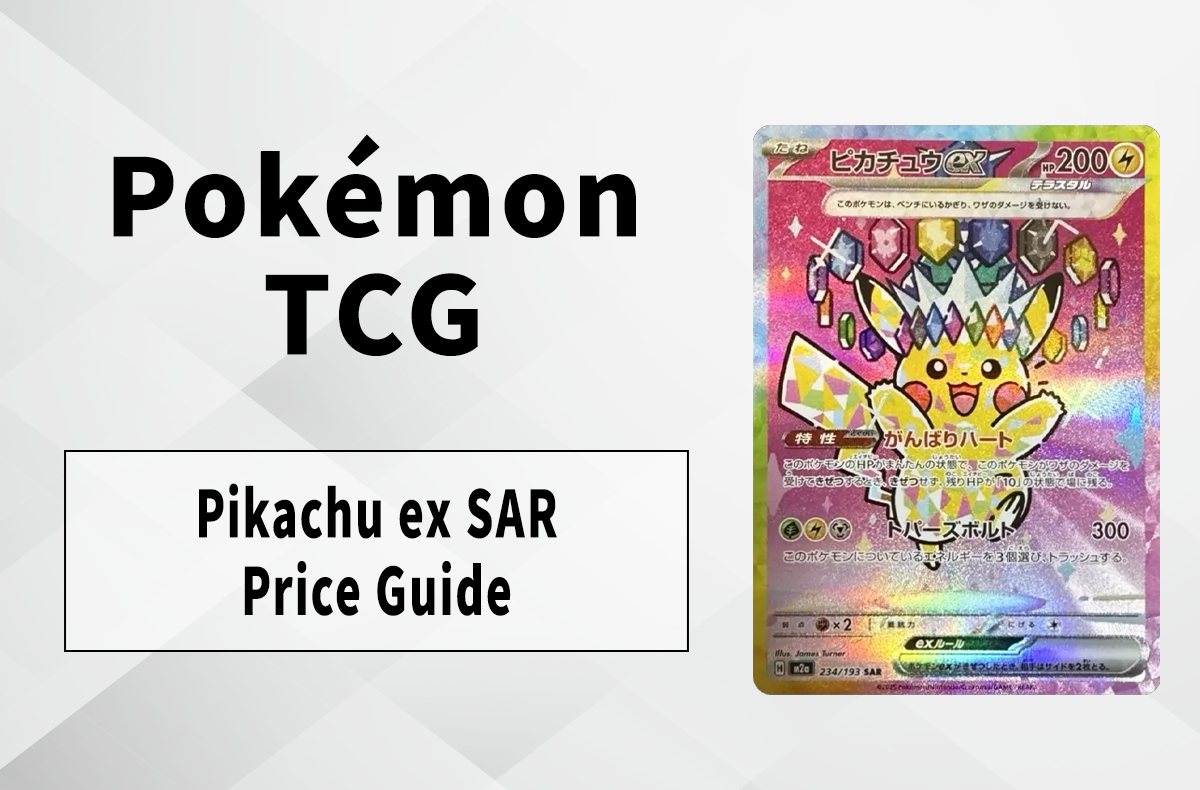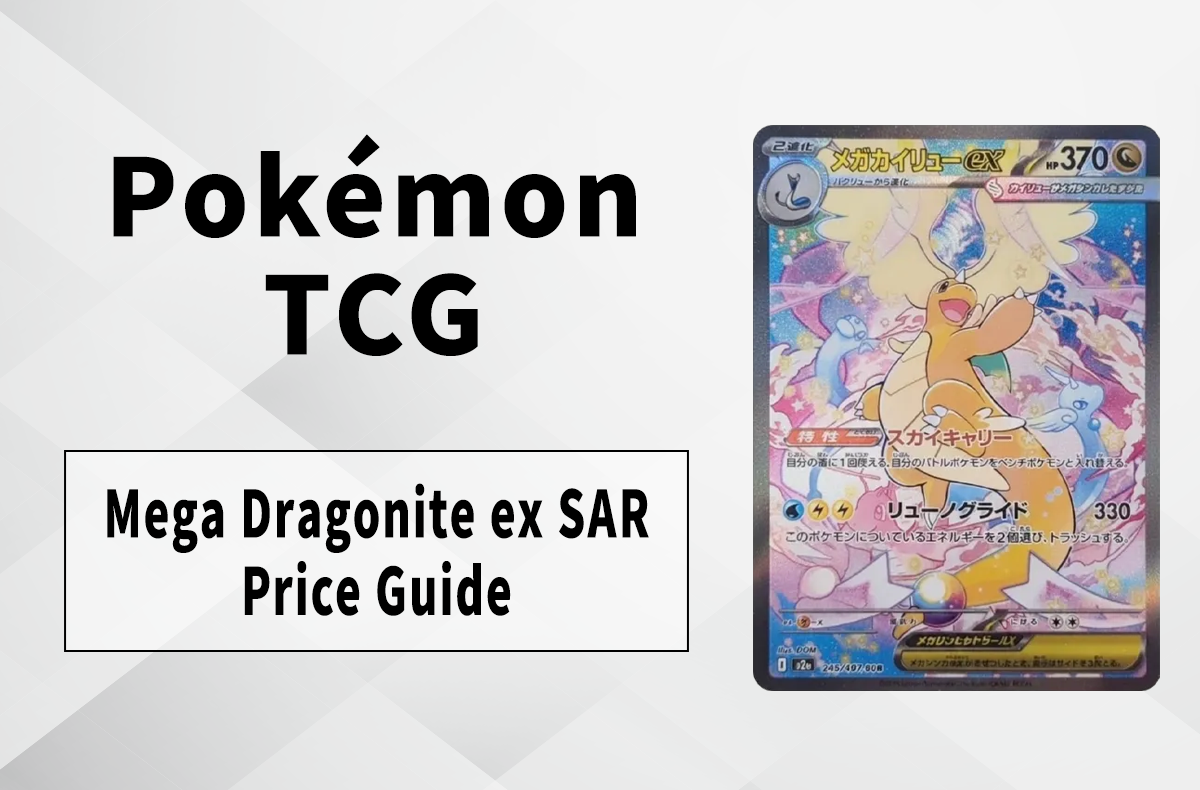“Big Shots” Polaroid Series Creator Phillip Leeds and The Art of Being There
An interview with Phillip Leeds from Culture Cartel 2025.
Words and photos by Charles Basa
Phillip Leeds is the mind behind the Polaroid portrait series Big Shots! Volume One and Big Shots!! Volume Two. These books are the most recent culmination of his journey: equal parts a calculated trajectory and a serendipitous confluence of circumstances and opportunities.
He was Creative Director and Global Brand Manager for Pharrell’s Billionaire Boys Club and ICECREAM, and founded Agency For Higher, a creative consulting agency. From fashion and music to his diverse professional pursuits, he’s worn many hats, amassing a wardrobe of skills. His initial aspirations may have taken a different course, but he’s still ended up where he’s meant to be, telling his story through the stories of others.
Portraiture is essentially a dialogue between the artist and subject. Every person has a story waiting to be told, given the right medium. Leeds, through his Polaroid Big Shot, becomes that medium, capturing the spirit of his subjects.
Save for the fact his subjects are—often—the luminaries of contemporary culture. The trailblazers, trendsetters, and thinkers of a zeitgeist. From Snoop Dogg, Jay-Z, and Pharrell to even the late Virgil Abloh. These are people whose circles are closely guarded, whose lives are closely scrutinized. But by a quirk of fate, Leeds finds himself at the epicenter of this rarefied sphere.
In Culture Cartel 2025, he temporarily trades his familiar “office” of New York City. He nevertheless finds himself at home in a far-flung land because the universal language of his art is the common human experience.

Now there are two volumes of Big Shots. How has your perspective changed shooting between volumes one and two? Has your methodology evolved in some way?
My methodology hasn’t really changed, as much as I’ve just started pursuing more photo opportunities. Before, it was just casual and happenstance. If I happened to have the camera and run into you, I’d take a photo, but I wasn’t actively trying to link up with people with the camera to get photos.
What about the Polaroid format that fascinated you, that put you on this path?
It started before there were digital cameras, and it was the instant gratification of knowing you got a photo right then and there or a minute after you took it. I got my love of photography from my father and my love of collecting vintage stuff from my mother. I would go thrift shopping with my mom and start buying vintage Polaroid cameras, so I had a bunch of Land Cameras and really enjoyed the format.
Then in 2004, I went and saw an exhibit of Andy Warhol’s portraits. At the end of the exhibition, they had one of these (Polaroid) Big Shot cameras of Andy’s in a glass case. Despite having collected vintage Polaroids, I had never seen this. And I was like, “That’s the craziest-looking Polaroid.”

Pusha T (Photo courtesy of Phillip Leeds)
So I went out and bought one on eBay and started just taking portraits of my friends. At the time, I was working with Pharrell with N.E.R.D., and I was a tour manager. But that camera stayed at home. I didn’t travel with it. So if you came to my house in Brooklyn, I would take your picture. There’s a picture of Pusha T taken from my house in Brooklyn and various other ones as well. Shay (Haley) from N.E.R.D., and some other people.
Then, when I started working at Billionaire Boys Club, I started keeping the camera in the showroom. People would come to get clothing, and I would—not all the time—try to remember to take pictures when people came to the showroom. So all the blue wall is from the Billionaire Boys Club showroom in New York.
And I love it. We were talking about dying formats of vinyl and books and records and whatever. I love the imperfection of a Polaroid and the chemicals and just all the things that can go wrong and come out a little weird. It’s like scratches and pops on vinyl. It adds warmth.

Snoop Dogg (Photo courtesy of Phillip Leeds)
Every time you take a photo, there’s always a story leading up to how that shot was taken. Off the top, is there one you remember that’s pretty memorable?
There’s a couple. The picture of George Clinton from Funkadelic was at a festival in Queens. I just saw him sitting by himself. I went up to him, and I was like, “Can I take your picture?” And he was like, “Do I have to stand up?” And I was like, “No.” And he was like, “Then yes.” And he let me take his picture and it’s one of my favorites.
The pictures with Snoop are memorable. He was at our offices late at night on a Friday night, and we were just smoking mad weed. He was trying on different stuff. The glasses and the hat are from our collection at the time. And he was trying on different outfits. And I took five or six pictures of him that night. And they all looked like it was on a different day because he was wearing different stuff.
The M.O. of your craft is so much about being at the right place at the right time with the camera. Do you bring your camera wherever you go?
No, I wish I had that on my hip more because there were so many more opportunities where I didn’t take someone’s picture. I was at Nelson Mandela’s house and I don’t have a picture of him. I have snapshots, whatever. So many missed opportunities, as many as there are hits. The camera is bulky and fragile. It’s not like you can slip it in your pocket.
“You’ve got to start just where you’re at and then build off of that. Just starting from your scene and becoming familiar. Because you never know where your scene is going to go.”
And do you have an alternate weapon of choice?
Like a different camera that I shoot with? Something more portable? I have a different camera. I have a Leica Sofort. I have a bunch of different smaller Polaroids. But this is the only camera that takes this photo. You know what I mean? Part of it is the consistency of the photo.
You’re always the same distance from your subject. So somebody’s head might be bigger than somebody else’s head. But there’s a consistency throughout the work that I think that repetition really gives it what it is. So it gives a consistent look for the whole book.
For someone who is trying to pursue similar things, how do you advise someone to apply that principle to them?
Just being in the right place. I also think it’s important to get involved locally with a scene. Everybody has a world that they’re involved in and those are your subjects. You’ve got to start just where you’re at and then build off of that. Just starting from your scene and becoming familiar. Because you never know where your scene is going to go.
I took that picture of SZA when she was in or out of high school. She wasn’t famous. She was just my friend Solána. And now she’s one of the biggest artists in the world. Now she’s on the cover of the second book.
In the first picture, she was mad young. Now she’s one of the biggest stars in the world. I didn’t know. I couldn’t have predicted that. But it’s just like she was in my orbit. We were all in the same city and had mutual friends. So you never know where somebody who’s a close friend of yours might end up. And then all of a sudden, they’re famous and whatever. You just don’t know.
But you have to start where you’re at. If you’re in the right place at the right time, then you approach a subject.

SZA (Photo courtesy of Phillip Leeds)
Has there been anybody that said no? And if that’s the case, how do you deal with that situation?
My attitude about it is no one person will make or break the book. Or the project or anything. I’m asking you to take a picture because I acknowledge you and what you do. And if you don’t want it, that’s cool. I don’t let it bother me when people say no.
Like Will Smith said no. It was just a little unusual the way he said no. But I was just like, “Okay, whatever.” So now Will’s not in the book. Not like you should be pushy, but I think sometimes you have to step up and ask. The worst that anybody can say is no. So, just ask. A lot of people are much more approachable than you might think they are.
One might say, “Oh that person’s famous, I can talk to them.” But they’re just people. Everybody’s just people. And you all just happen to be in the same place at the same time.
“Not like you should be pushy, but I think sometimes you have to step up and ask. The worst that anybody can say is no. So, just ask. A lot of people are much more approachable than you might think they are.”
The world that I grew up in afforded me access to all these people. I met Pharrell at my first job in the music industry. He was just a young person trying to get in. And I was just working in a company where he kind of came through. From that internship that I had that turned into my first job, I met Pharrell.
And then, years later, three jobs later, I ended up working with him. And then all this. All this is—98, 90-something percent of this comes from me working with Pharrell. That’s how I met all these people. Just doing my job. Pharrell wasn’t taking me around and introducing me to people. But I worked there. People would come to get clothing or whatever.
I’m a friendly person. Now I’m friendly with a lot of people from that one opportunity. I wasn’t trying to be a photographer. I was just taking photos. Because I like taking photos. I had no aspiration to do anything but to get the photo.

Phillip Leeds’s setup at Culture Cartel 2025
They sat in a shoebox at my desk and I got introduced to a guy at Rizzoli but didn’t follow up. And then that guy ended up being Pharrell’s editor. I ended up sitting next to him at Pharrell’s wedding. And I was like, “Hey, I’m Phillip.” He’s like, “You’re Phillip with the Polaroids?” And I was like, “Yes.”
He’s like, “Why didn’t you come and show me the Polaroids?” And I was like, “I don’t know.” So I kind of almost avoided the whole thing. If it wasn’t for the universe and me sitting at that table, none of this would have happened. So, you have to take advantage of the things that come across your radar.
Serendipity is a big part of your work. In an era of filters and instant gratification, how do you think your work functions as a counterpoint to the ubiquity of social media and photos? Is there a purpose or a point that you want to make with Big Shots?
Yes, very serendipitous. I want to continue capturing culturally significant people. Not everybody in the book is famous, but there are a lot of behind-the-scenes people who you wouldn’t know off the top. But if you go and Google them, you’ll be like, “Oh my God, I love this guy.” I feel like it’s a nod to people who aren’t necessarily famous but who are contributing something to the culture.
I love how you, through the books, function as a documentarian of the many aspects and facets of contemporary history.
I love that about it, too. It’s like a yearbook or a yellow page or a white page of who’s who. And I think a lot of people come up and tell me that they spend time Googling people in the book and are amazed at people who they didn’t know are doing things that influence them. They’re like, “Oh, that’s that person.”
So I do like that about the book a lot. It’s kind of like a chronological record. It’s a record of influential people. Not all are as influential, but everybody’s influential in some way or another.

Rita Ora (Photo courtesy of Phillip Leeds)
Plus, everybody here has an entire history and story that you could dive into, and each person has their own fascinating background.
Going back to what you were saying about social media and stuff, I think one of the cool things about the project is it amplifies itself. It’s like Rita (Ora) posts about it, Shay posts about it, and Irv posts about it. Each one of these people has an immense following that’s different. There are overlaps, but it’s self-amplifying in a way.
And I like that you capture the ethereal elements of just being in that moment when you were taking the photo. Are you currently working on Big Shots Volume 3?
Yeah, I’m about maybe a third of the way through it. I’m going to try to get Volume 3 out sooner than seven years. The first book is from 2004 to 2015. The second book is from 2015 to 2023 and ’24. And the third one will probably—I don’t know, I’m going to try to get it out in a couple of years.

When you take a photo of someone, do you take multiple shots of them and then choose the best one, or is it just that one?
Now I just take one. Because they don’t make the film anymore and it’s gotten very expensive. So when I first started, I would take ten of everybody. Ten shots in every pack of film. I’d take photos all day of anyone. And now I’m super picky about it.
Now I have to say no to people. It’s not that I don’t want to take everybody’s picture, but it’s just like each picture is now like US$14. And each book has like four or five hundred pictures in it.
Plus it’s like, there’s no more film. The film that is available is expired and drying. The chemicals are drying up, and it’s getting weirder and weirder. So I didn’t even think I was going to get two books. If I get three, I’ll feel very blessed. I feel like the film being unavailable is a natural conclusion to the project. It’s a wrap.
So when you can’t get the materials anymore, that’s when you know that it’s done.
Yeah, I struggle with this, and I think about it a lot. What am I going to do when there’s no more film? And there are people making 3D-printed backs for the cameras and modifying them to work digitally, modifying them to work with Instax film and other kinds of backs and stuff.
Part of me is kind of like, “Okay, that was that, and now we’re done.” But part of me also wants to figure out how to keep doing this.
I’ve bought a couple of cameras to try to take a similar picture. It’s difficult because this is a very unique camera with a really shitty lens. I don’t know if I want to start shooting on film and having to make prints and whatever. I love this because it’s like, boop, and you’re done. So I don’t know. I don’t know what’s going to happen after three, but I’m going to try to get three out and then see what happens.
“If I get three (volumes), I’ll feel very blessed. I feel like the film being unavailable is a natural conclusion to the project. It’s a wrap.”
I noticed in the titles of your books that the first one has one exclamation mark. The second one has two. So, I presume the third one will have three?
That’s right. It’s a very subtle detail that not everybody picks up on. So I appreciate you noticing. Shout out to my man, Bill McMullen. He did all the design for the books. He’s a legend in his own right. Legendary graphic designer. And he’s the one who put the exclamation points.

You know, out of curiosity, you’ve been part of so many different industries as a tour manager, managing brands. If Big Shots didn’t come into your life, may I ask, where do you see yourself gravitating towards?
When I left working for Pharrell, I didn’t think I had the book deal until after I left Pharrell. I left Pharrell, and I started a creative agency focusing on the cannabis business in America, doing branding and marketing stuff. Then that turned into also doing non-cannabis-related stuff. So I have an agency and I do creative branding and stuff.
You’ve been doing this for so many years. 20 years of Big Shots. How do you still stay creatively inspired? Are you perpetually galvanized? If not, what do you do on those days when you don’t feel like it?
Well, I live in New York City. So it’s constantly inspiring. And just trying to stay up on things. Trying to get into what’s next and figure shit out. You know, it’s like you have to constantly evolve. Sink or swim, right? You gotta keep swimming.
You’re so deep in the creative sphere. Could you recommend a book, a film, and a music album?
Read Dapper Dan’s autobiography, watch David Lynch films, and listen to Give Me Back My Bullets by Leonard Skynard.

Phillip Leeds and his weapon of choice: the Polaroid Big Shot camera
Image Source: SNKRDUNK; Phillip Leeds
For the latest releases, breaking news, and exclusive interviews, stay tuned to the SNKRDUNK Magazine and @snkrdunk on Instagram. Explore the SNKRDUNK App and use the welcome code from the banner below before making your first purchase. Additionally, if you want to try a pair out, visit our stores in Singapore and Japan!
Follow us on:
More SNKRDUNK Features:
[SNKRDUNK Snapshots] Culture Cartel 2025: ICONS Uprising
[SNKRDUNK Travels] The New York State of Style: the City’s Premier Streetwear/Sneaker Boutiques
Allbirds Has the Best Sustainable Shoes Out Now
SANGACIO: The “Nyu” Standard in Sneaker Design
[SNKRDUNK Snapshots] Sole Superior 2024
















![Supreme 25FW Week 17 Items [Release Date/Price/Where To Buy]](https://snkrdunk.s3.ap-northeast-1.amazonaws.com/en/magazine/wp-content/uploads/2025/12/16172651/20251215141711-5.jpg)
![Palace Skateboards x The North Face Purple Label “Holiday 25” Week 4 [Release Date/Price/Where To Buy]](https://snkrdunk.s3.ap-northeast-1.amazonaws.com/en/magazine/wp-content/uploads/2025/12/16171616/20251215095019-0.jpg)


![BABYMETAL x Vans Collection [Release Date/Price/Where To Buy]](https://snkrdunk.s3.ap-northeast-1.amazonaws.com/en/magazine/wp-content/uploads/2025/12/12175359/20251210091758-0.jpg)




